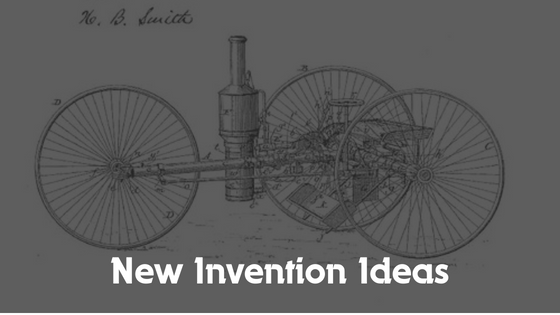The world has seen many revolutionary inventions that have changed the course of history. From the car to the internet, each invention has changed the way we live our lives. But coming up with an idea for an invention is just the first step. The next step is to obtain a patent for the invention.
New Invention Ideas
A new invention idea can come from anywhere. It could be a problem that needs to be solved, a need that has not been fulfilled, or simply a desire to improve on an existing product. Here are some invention ideas that could change the world:
- A smart trash can that separates recyclables from non-recyclables.
- A device that alerts drivers when they are about to hit a pothole.
- A self-cleaning toilet.
- A wearable device that monitors blood sugar levels in real-time.
- A machine that converts plastic waste into fuel.
- A portable air purifier that can be worn around the neck.
- A device that converts sound waves into electricity.
- A robot that can fold laundry.
- A smart shopping cart that helps shoppers find products in the store.
- A device that can translate sign language into spoken language.
Patenting Process
Once an inventor has come up with an idea, the next step is to obtain a patent. A patent is a legal document that gives the inventor the exclusive right to make, use, and sell the invention for a certain period of time. Here are the steps involved in the patenting process:
Research: Before applying for a patent, it is important to research existing patents to make sure that the invention is new and not already patented.

Drafting the Patent Application: The patent application should include a detailed description of the invention, including how it works and what problem it solves. The application should also include drawings and diagrams to help explain the invention.
Filing the Patent Application: The patent application is filed with the United States Patent and Trademark Office (USPTO). The application must include a filing fee, which varies depending on the type of patent.
Patent Examination: Once the patent application is filed, it is assigned to a patent examiner who will review it to determine if the invention meets the criteria for patentability. This process can take several years.
Patent Issuance: If the patent examiner approves the patent application, the inventor will be issued a patent. The patent gives the inventor exclusive rights to make, use, and sell the invention for a period of 20 years from the date of filing.
Maintenance: To maintain the patent, the inventor must pay maintenance fees to the USPTO. Failure to pay these fees can result in the patent expiring.
As you can see, the process is complex and can take many years. If you are considering filing a patent, you should consult with an experienced patent agency, such as InventHelp, who can help you navigate this process. You can learn more about InventHelp reading reviews of the company online and from their website.
Conclusion
The process of inventing something new and obtaining a patent is not an easy one, but it can be incredibly rewarding. By following the steps outlined above, inventors can protect their ideas and bring their inventions to market. Who knows, the next revolutionary invention could be just around the corner.


